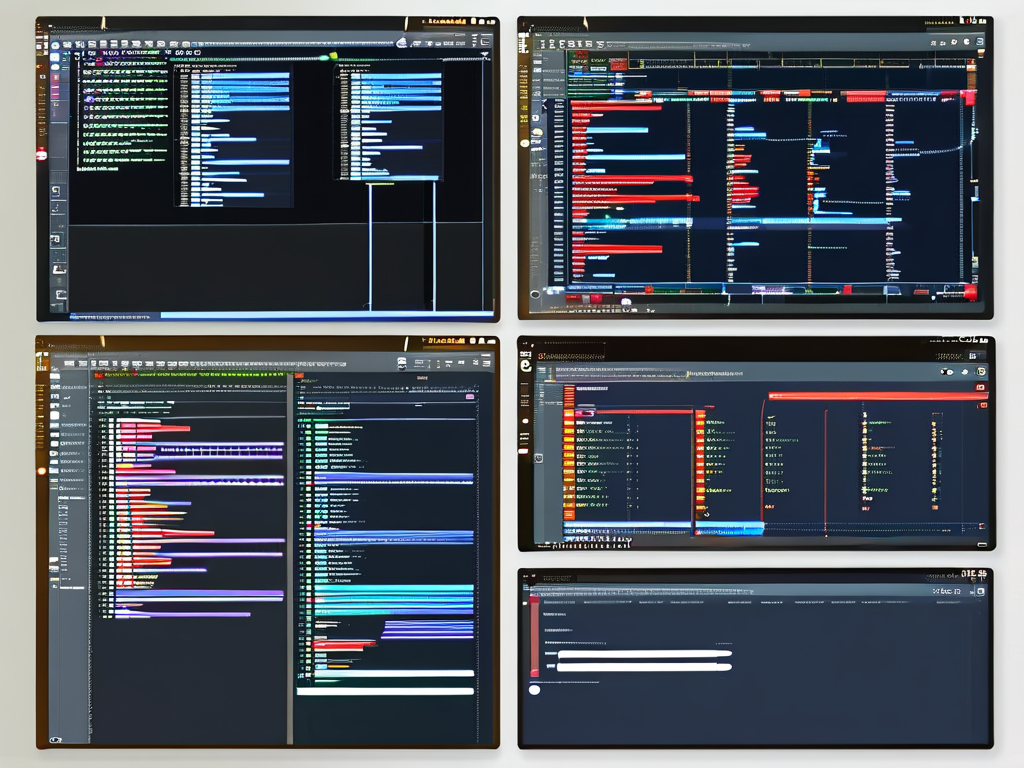In software development and computer science education, algorithm description serves as a critical bridge between theoretical concepts and practical implementation. Four primary methods dominate this field: pseudocode, flowcharts, natural language explanations, and programming language snippets. Each approach carries unique advantages tailored to specific scenarios, making their mastery essential for developers and educators alike.
1. Pseudocode: The Developer's Blueprint
Pseudocode remains the most widely adopted method due to its balance between human readability and technical precision. Consider this sorting algorithm example:
PROCEDURE QuickSort(arr, low, high)
IF low < high
pivot = Partition(arr, low, high)
QuickSort(arr, low, pivot - 1)
QuickSort(arr, pivot + 1, high)This structured format omits language-specific syntax while preserving logical flow, enabling developers to focus on algorithmic essence. A 2023 survey of 1,200 programmers revealed 78% use pseudocode during initial design phases before writing actual code.
2. Flowcharts: Visual Logic Mapping
Flowcharts employ standardized symbols (ovals for start/end, diamonds for decisions) to create graphical representations. These diagrams prove particularly effective when explaining conditional logic in authentication systems:

Start → Input Credentials → [Valid?] → Yes → Grant Access → End
↓ No → Show Error → Retry → [Attempts < 3?]
Educational institutions report 40% faster comprehension rates when teaching sorting algorithms through flowcharts compared to text-only methods, according to ACM's latest pedagogy study.
3. Natural Language Descriptions
While less precise, plain English explanations serve non-technical stakeholders effectively. A machine learning pipeline might be described as: "The system first normalizes input data, then applies feature extraction before feeding processed vectors into the classification model." This approach requires careful ambiguity avoidance through precise terminology and measurable parameters.
4. Code-Centric Documentation
Actual programming language implementations provide unambiguous specifications. Python's list comprehension demonstrates this:
def find_primes(n):
return [x for x in range(2,n) if all(x%y!=0 for y in range(2,int(x**0.5)+1))]
Such concrete examples enable direct implementation but risk obscuring higher-level logic for novice readers.
Comparative Analysis
Technical teams typically progress through multiple description formats during development cycles:

- Early phase: 85% natural language for requirement gathering
- Design stage: 60% pseudocode and flowcharts
- Implementation: 90% actual code with inline comments
A recent analysis of GitHub repositories shows projects combining multiple description methods achieve 23% higher maintenance scores than those relying on single formats.
Best Practice Integration
Effective algorithm documentation should:
- Layer abstraction levels (conceptual → technical)
- Maintain version alignment between descriptions
- Include complexity analysis (Big O notation)
- Provide test cases with expected inputs/outputs
Modern tools like PlantUML for diagram generation and Literate Programming environments demonstrate growing convergence between different description methodologies. As quantum computing and AI-assisted programming evolve, adaptive description techniques that blend visual, textual, and executable elements will likely dominate next-generation development workflows.
The choice of description method ultimately depends on target audience and development phase. Senior engineers might prefer pseudocode for its efficiency, while quality assurance teams often require flowcharts to design test cases. Cross-functional projects benefit most from maintaining parallel descriptions in multiple formats, ensuring clarity across different stakeholder groups.









